Valdštejnský palác, also known as Waldstein Palace or Wallenstein Palace, is located below Prague Castle. Directly adjacent is the Wallenstein Garden (Waldstein Garden), which is overlooked by most visitors to Prague.
Perhaps this is due to the somewhat inconspicuous entrance or the fact that many visitors hardly look to the right or left on their way down from the castle to the Vltava. But the Wallenstein Garden always seems rather quiet and emptier than the castle garden, for example. But it really is worth passing by here.
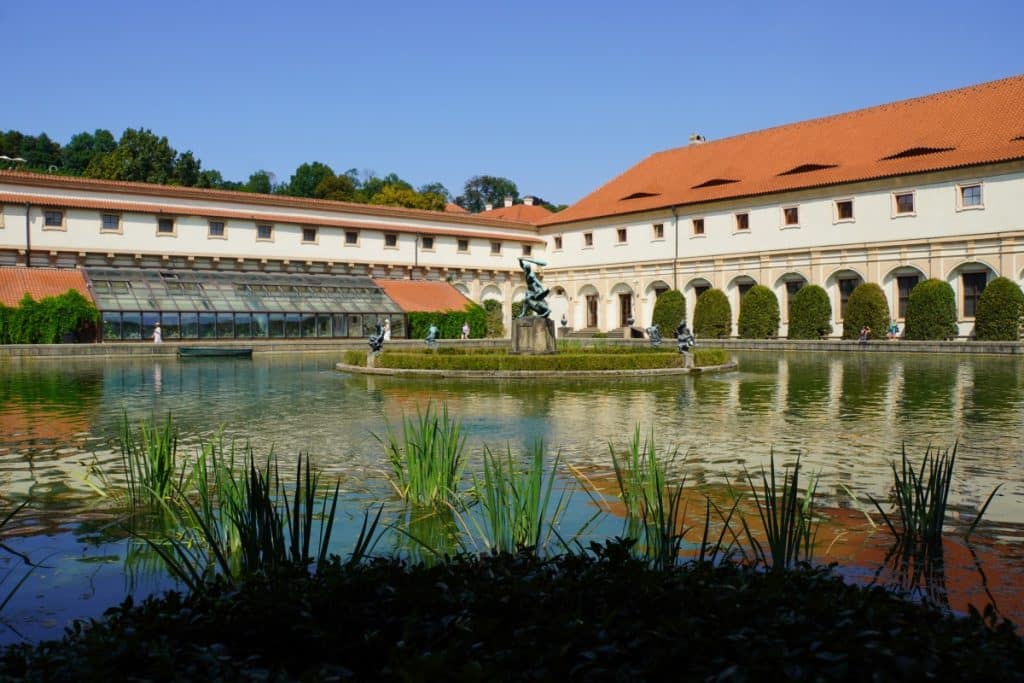
Wallenstein Palace
The Wallenstein Palace is the largest palace in Prague. Albrecht Wenzel Eusebius von Waldstein, better known as Wallenstein, had the building constructed from 1623-1630. To do so, he bought up 25 houses and their grounds below Prague Castle and had them demolished. The result was a palace in the early Bohemian Baroque style, adjoined by a 14,000 m³ garden. It is the second largest park in the centre of Prague.
Wallenstein was murdered in 1634 and his possessions confiscated. The palace was later acquired by his nephew Maximilian. The estate remained in the family’s possession until 1945, when it was again expropriated. Since 1992, the building has been the seat of the Czech Senate.
Wallenstein Garden
The garden was laid out in the style of an Italian Mannerist park, and Albrecht Waldstein himself contributed to its design with suggestions and comments.
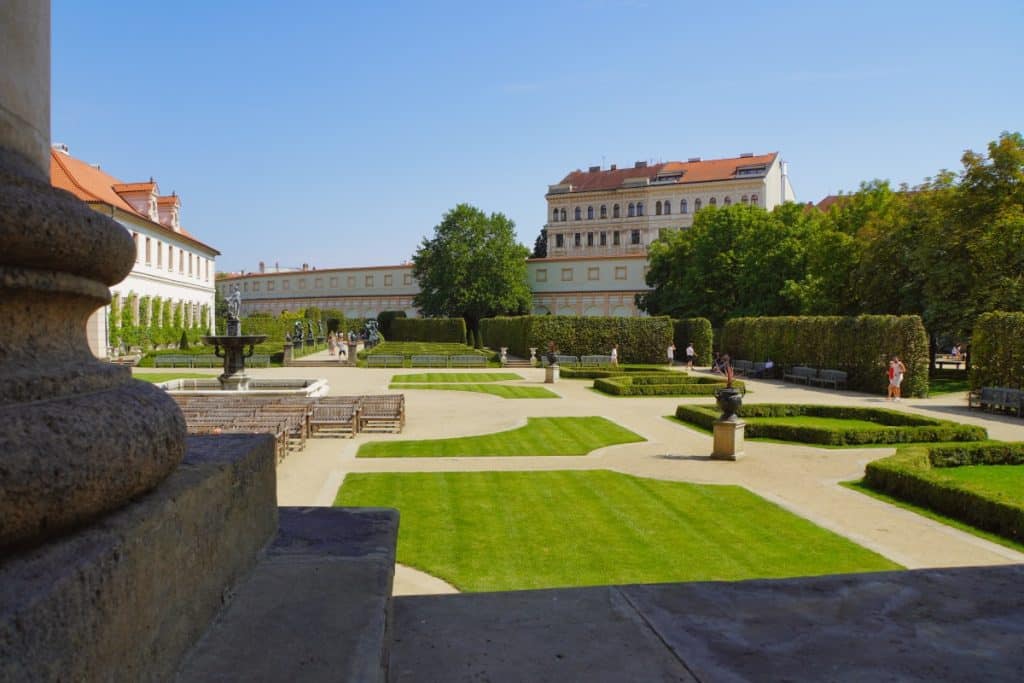
Hercules statue
We enter the garden through a rather inconspicuous gate and pass a pool of water. Large fish are swimming in the water and as I sit down on the edge of the pool, they come swimming up. They must have been fed by one or two visitors, but they certainly acted as if they were starving.
There is a small island in the centre of the lake. Here stands a work of art created by the Dutch artist Adriaen de Vries. The artwork depicts Hercules fighting.
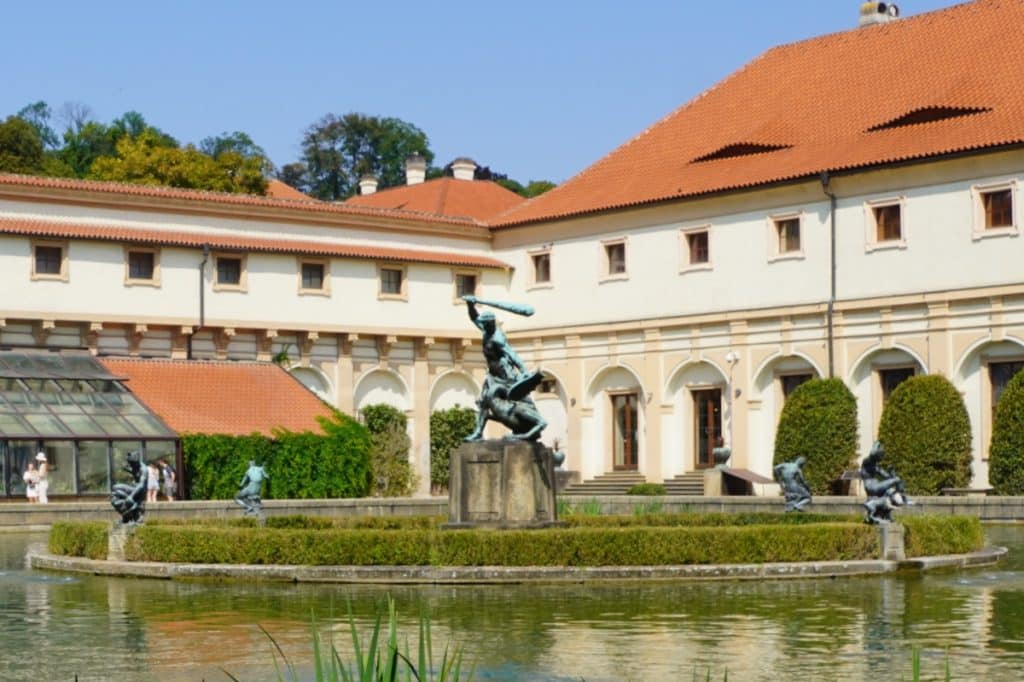
During his lifetime, Adrian de Vries (1545 – 1626) created the Hercules statue and other bronze statues of gods and horses that stood in the Wallenstein Garden. In 1648, the Swedes took them as spoils of war after the Thirty Years’ War. The originals are still in Sweden, only the Venus has been back in Prague since 1889. Today, casts of the original sculptures are displayed in the garden of the Wallenstein Palace.
The Wallenstein Garden is divided into two geometrically different parts. Behind the water basin begins an extensive garden area, which is designed very differently.
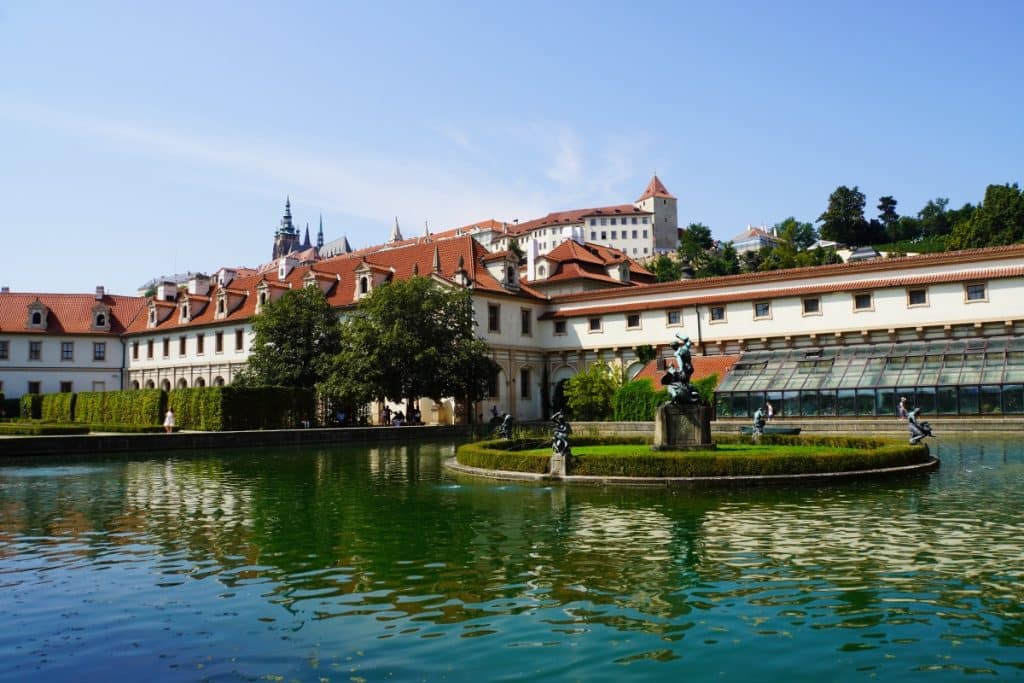
A wide main path leads through the early Baroque grounds and is bordered on both sides by small grassy areas framed by low hedges. In the centre is the fountain with Venus and Cupid by de Vries.
Another path leads directly to another fountain. It runs between high hedges and overgrown pergolas and is a lovely place for a stroll.
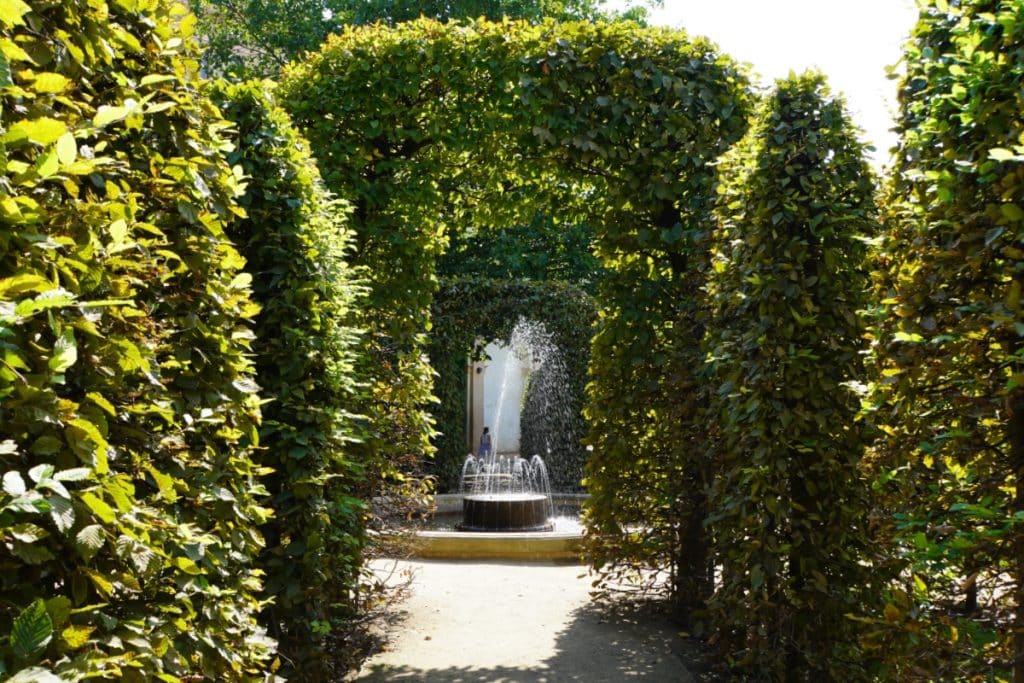
Sala Terrena
A tour of the garden also takes us to the Sala Terrena. This has similarities with the loggia of the cathedral in Livorno. From a distance, I can see a very large room open to one side, which is covered.
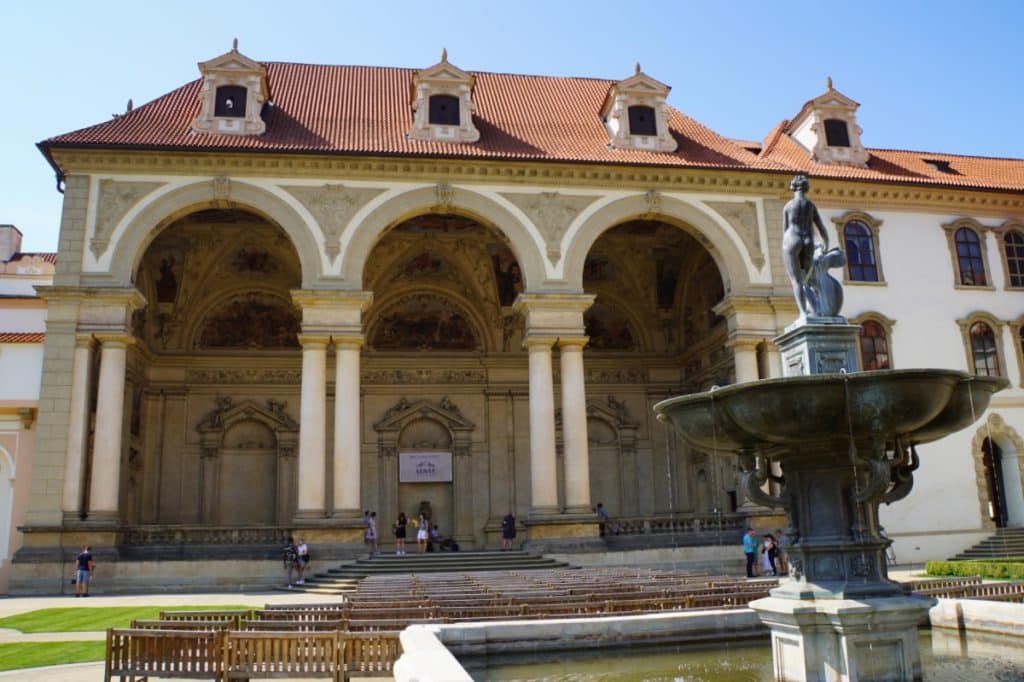
Originally, this part of the building was not just an open building in the Waldsteingarten, but a kind of continuation of the castle’s living quarters. It was mainly used to admire the garden, as you can get a really good view from there. At the time it was built, no other castle is said to have had such a building in its garden.
I was surprised by the interior. The style of the interior corresponds to the style of the interior of the castle. There are frescoes and stucco on the walls, created by Baccio di Bianco. I can see a total of 32 painted pictures. They mainly show scenes from antiquity.
I am particularly fascinated by the incredibly high ceiling with its paintings. It is decorated with frescoes depicting Mount Olympus: Zeus with his wife Hera and the goddess Aphrodite in the centre, Hellenic gods on the north side and Trojan gods on the south side. The medallions on the edge of Mount Olympus show motifs from the Trojan War.
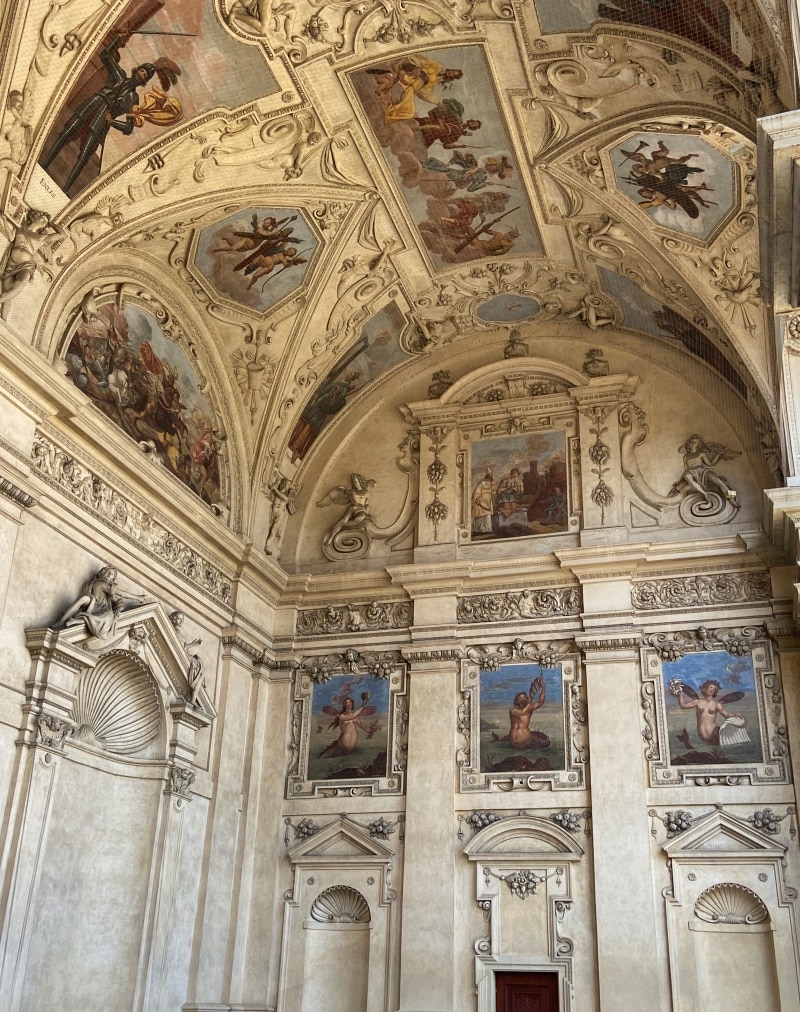
I am very impressed that all this is “outside”, i.e. not protected in an air-conditioned room, and is so well preserved. Due to the height of the room, it is almost impossible to look at the pictures in peace (unless you lie down on the floor) without getting neck pain.
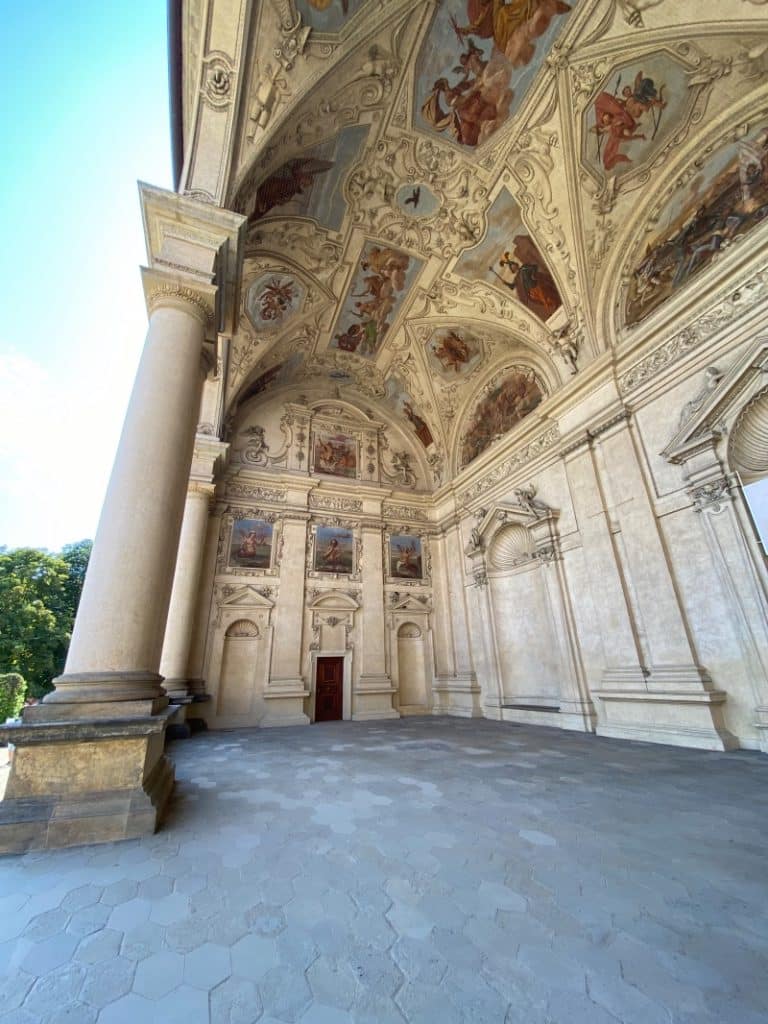
In summer, events such as concerts and theatre performances take place in the Sala Terrena.
Stalactite wall
To the side of the Sala Terrena is a mysterious, artificial stalactite wall with stalactites made of limestone stucco. If you look a little closer, you can recognise hidden silhouettes of animals such as frogs and snakes or grimacing faces in the stalactite wall. This artificial wall seems to be a favourite photo spot. Numerous visitors have had their photos taken in front of it, I wonder if they have seen the hidden images?
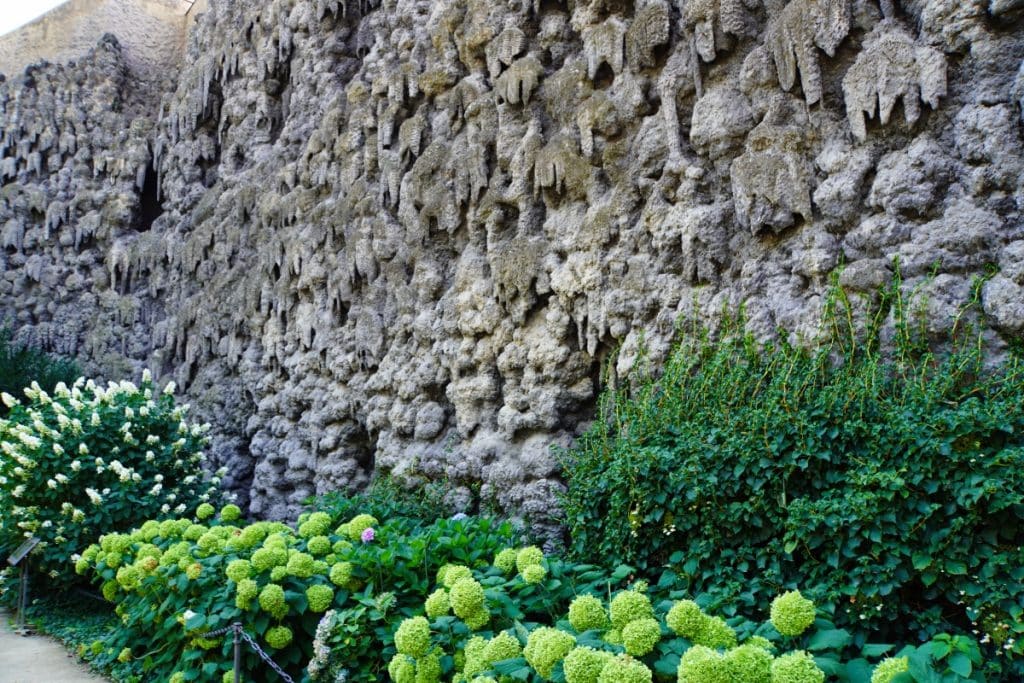
There are also some bird aviaries here, where I spot an eagle owl. The pride and joy of the Waldsteingarten are the Indian and white peacocks, which have been living there since 2000 and give birth to chicks almost every spring.
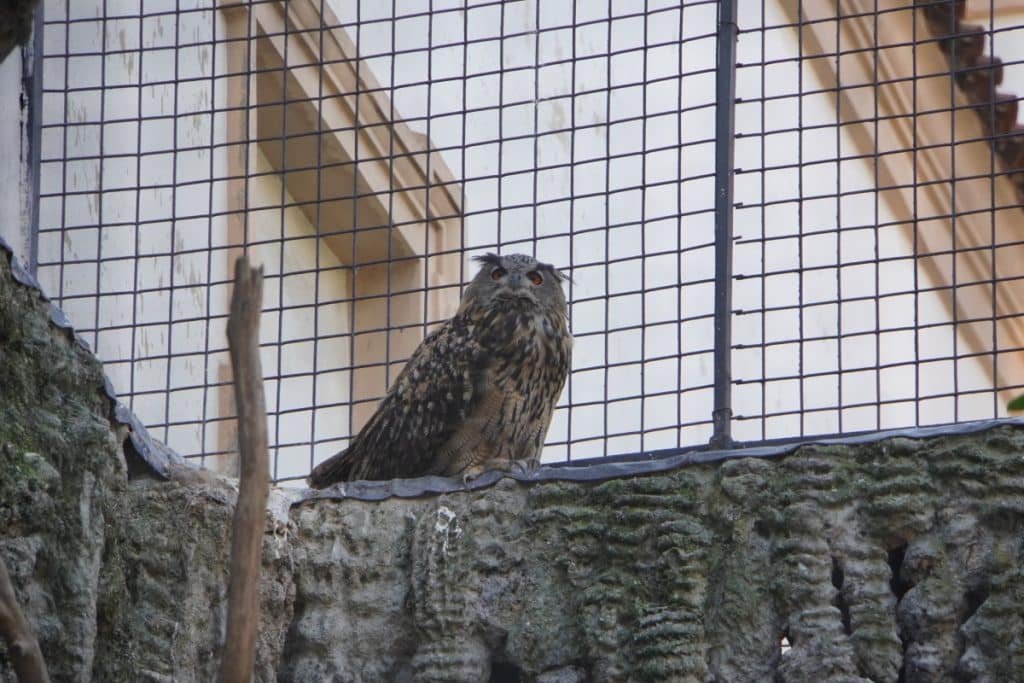
Is the visit worthwhile?
For us, the visit was a little break during our tour of Prague. Here we were able to find some peace and quiet in the shade. I was most impressed by the Sala Terrena. Beautiful art so accessible to the public is something rare.
Address:
Letenská 123/4, 1
18 00 Prag, Tschechien
Opening hours
April – October
Monday-Friday: 7-19 h
Saturday, Sunday: 9-19 h
November – end of March
closed
Entrance fee:
free
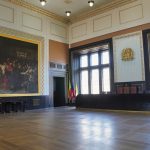
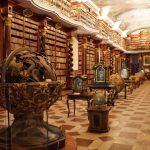
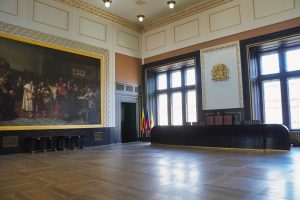
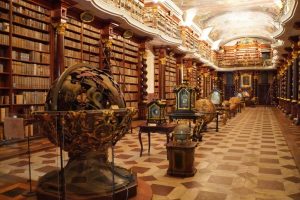
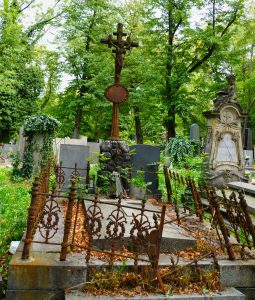
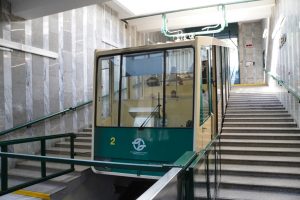
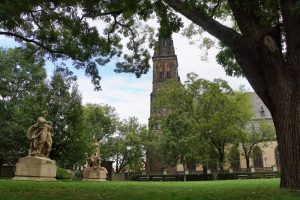
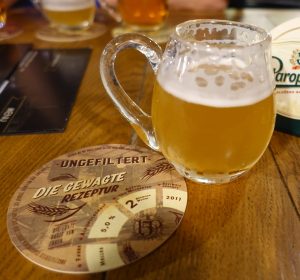
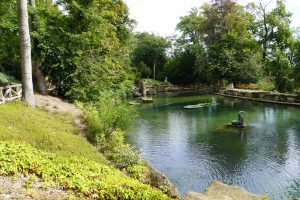
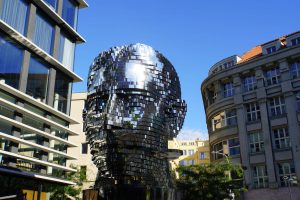
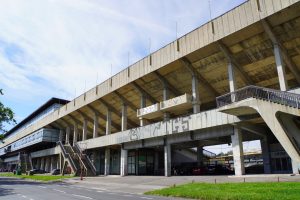
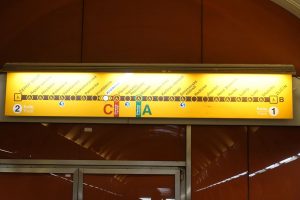
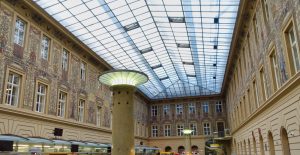
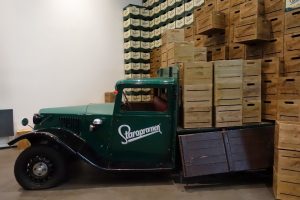
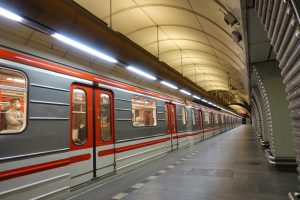
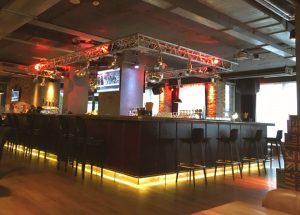

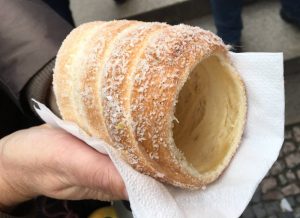
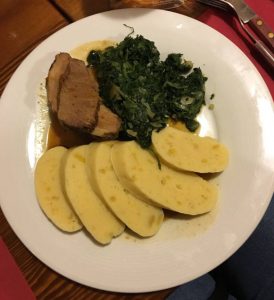
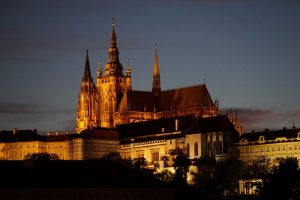
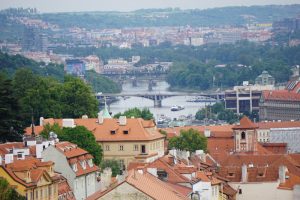

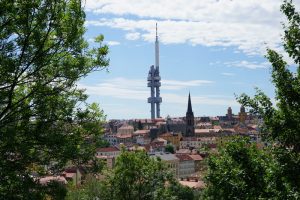

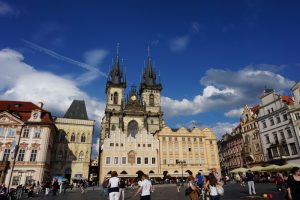
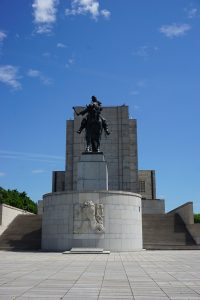
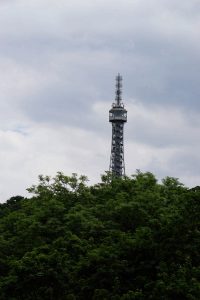
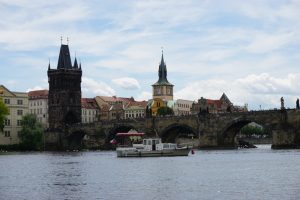
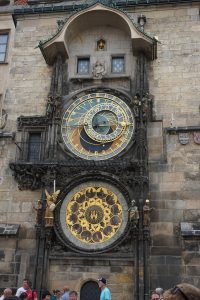
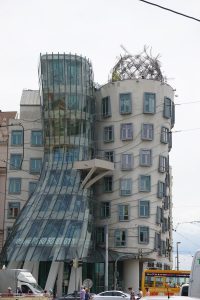


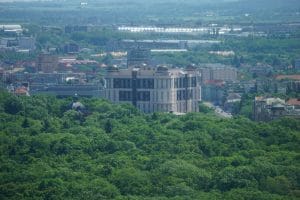
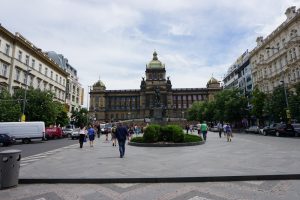
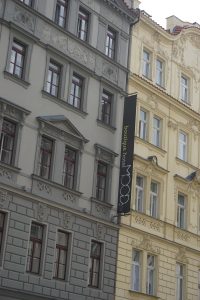

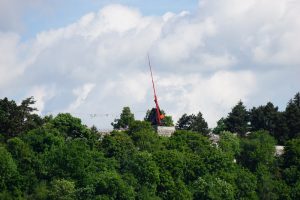
Leave a Reply